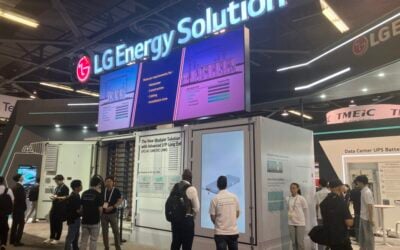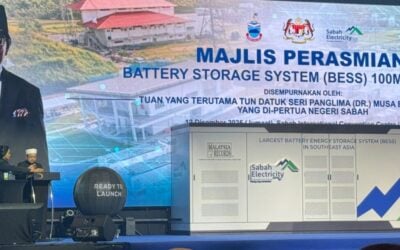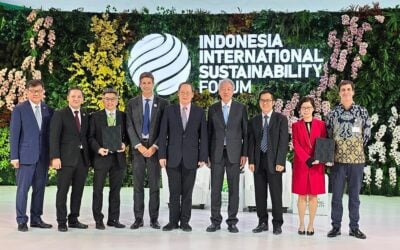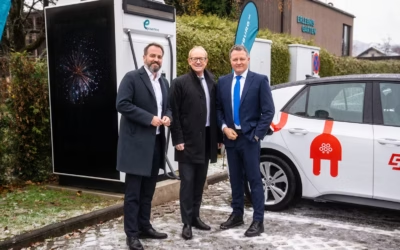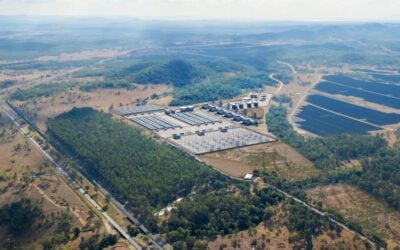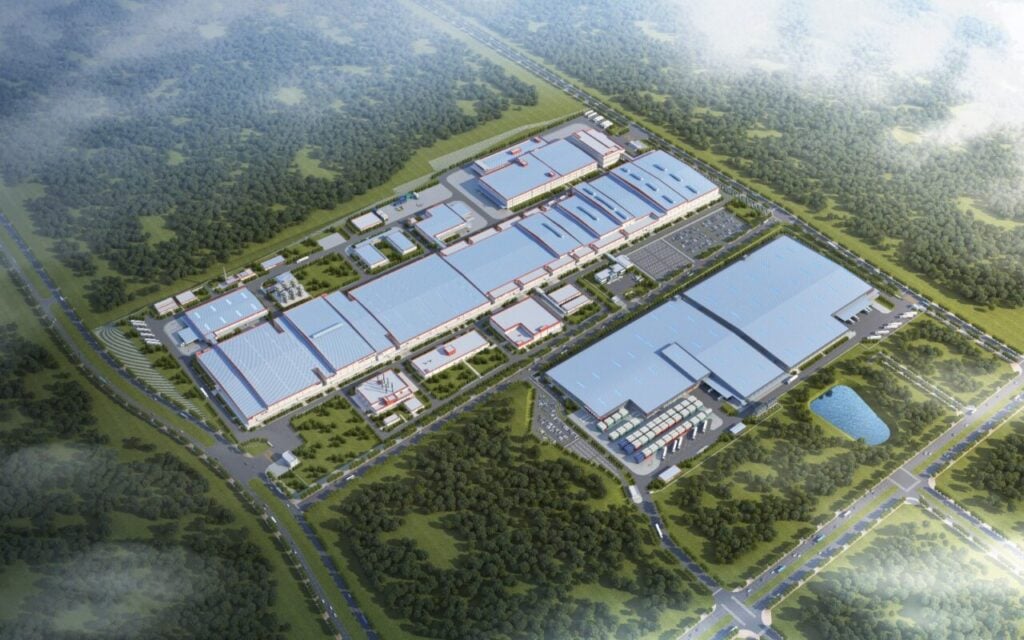

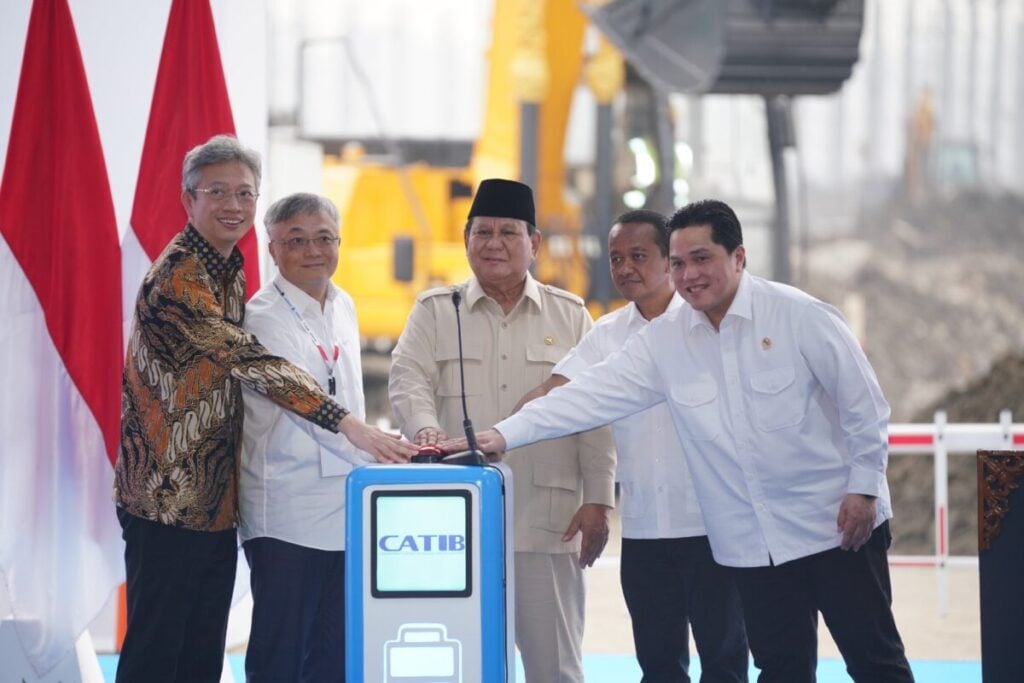
A subsidiary of CATL and local partners have begun construction on a battery manufacturing complex in West Java, Indonesia.
The world’s biggest lithium-ion (Li-ion) battery manufacturer announced the start of construction at the factory. It is part of a project, which CATL said spans the “full battery value chain,” last week (30 June).
The Indonesia Battery Integration Project will involve multiple sites involved in everything from nickel mining and processing, battery materials production, and recycling to a battery manufacturing facility with an initial annual production capacity of 6.9GWh.
CATL said around US$6 billion is planned to be invested in the project.
Try Premium for just $1
- Full premium access for the first month at only $1
- Converts to an annual rate after 30 days unless cancelled
- Cancel anytime during the trial period
Premium Benefits
- Expert industry analysis and interviews
- Digital access to PV Tech Power journal
- Exclusive event discounts
Or get the full Premium subscription right away
Or continue reading this article for free
CATL’s Brunp battery recycling subsidiary is partnering on the project with PT Aneka Tambang (PT Antam), a vertically integrated mining and metals company headquartered in Indonesia, and the Indonesia Battery Corporation (IBC), which was founded to advance the Southeast Asian country’s battery industry.
Although IBC’s aims emphasise its ambitions in the global electric vehicle (EV) space for the materials-rich country, the initiative’s mission also includes establishing an integrated upstream-to-downstream energy storage system (ESS) ecosystem in the country.
IBC is jointly owned by four of Indonesia’s biggest state-owned enterprises (BUMN), including the national electricity distribution and generation company PLN, Antam and another resources company, Inalum, and oil company and gas refuelling station operator Pertamina.
Each holds a 25% stake. The company signed an agreement with Malaysian engineering consultancy CitaGlobal to explore the potential for developing, designing, and building cell, module, pack, and turnkey battery energy storage system (BESS) manufacturing and integration facilities.
The groundbreaking ceremony was held for the battery manufacturing plant in Karawang in West Java Province, around 32 miles east of the national capital, Jakarta. The gigafactory is in Artha Industrial Hill, an industrial estate within Kawarang New Industry City (KNIC).
The plant will manufacture cells and modules.
Meanwhile, the total 2,000-hectare project will include nickel mining and processing, battery materials and recycling facilities at FHT Industrial Park, in East Halmahera, North Maluku Province, an island about 1,400 miles from Java.
CATL claimed the recycling facility will achieve a metal recovery rate above 95%, with the ability to produce 142,000 tonnes of nickel and 30,000 tonnes of cathode materials annually.
The battery maker did not specify which chemistries of battery will be produced from the project, although with Indonesia’s leading position in nickel resources and extraction, it seems likely that it would primarily favour nickel manganese cobalt (NMC) or similar chemistries over lithium iron phosphate (LFP).
In January, REPT Battero, another Chinese Li-ion manufacturer, announced that it intends to build Indonesian Battery Factory, a gigafactory specialising in cells for BESS applications with 8GWh annual output.

